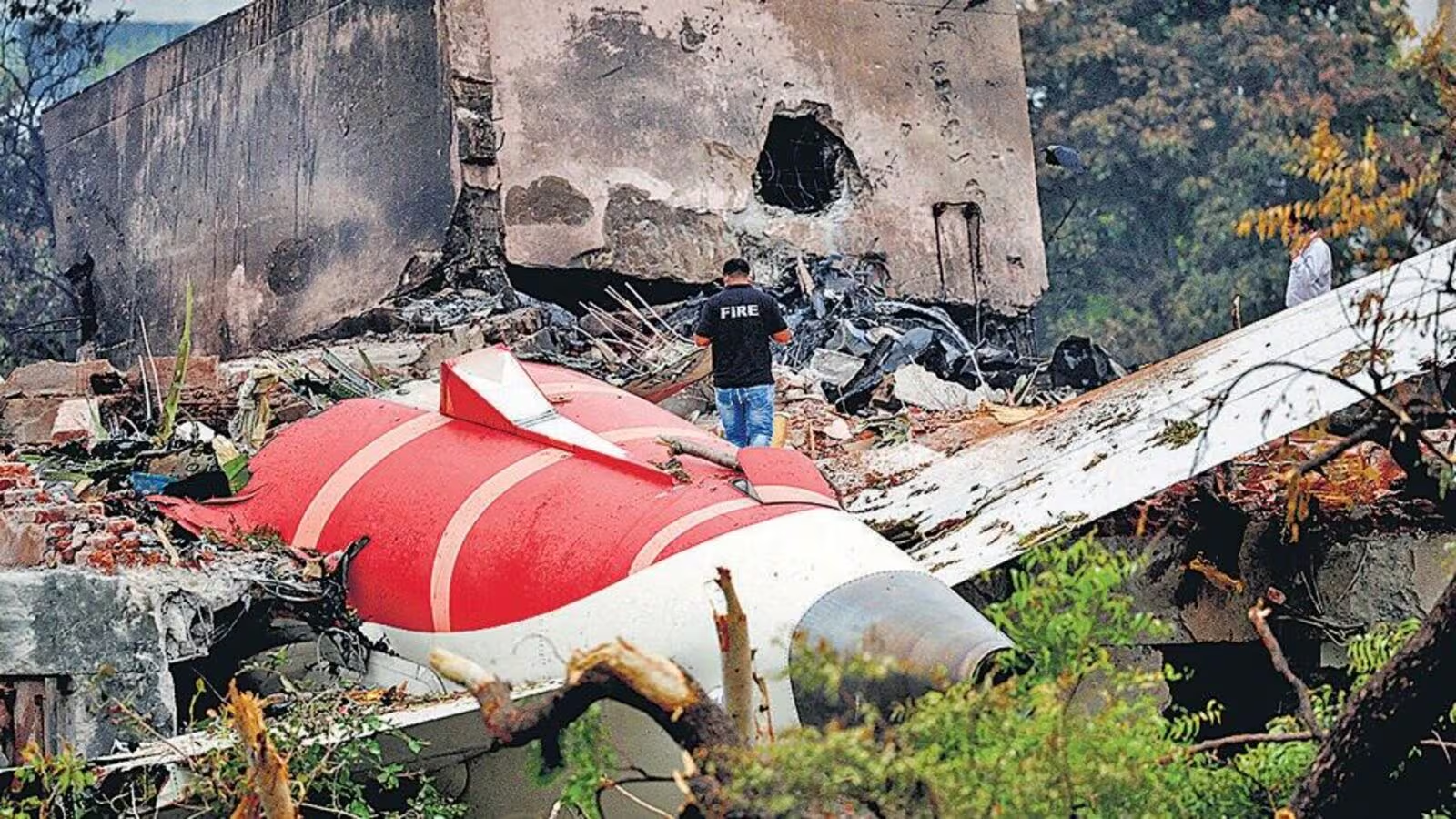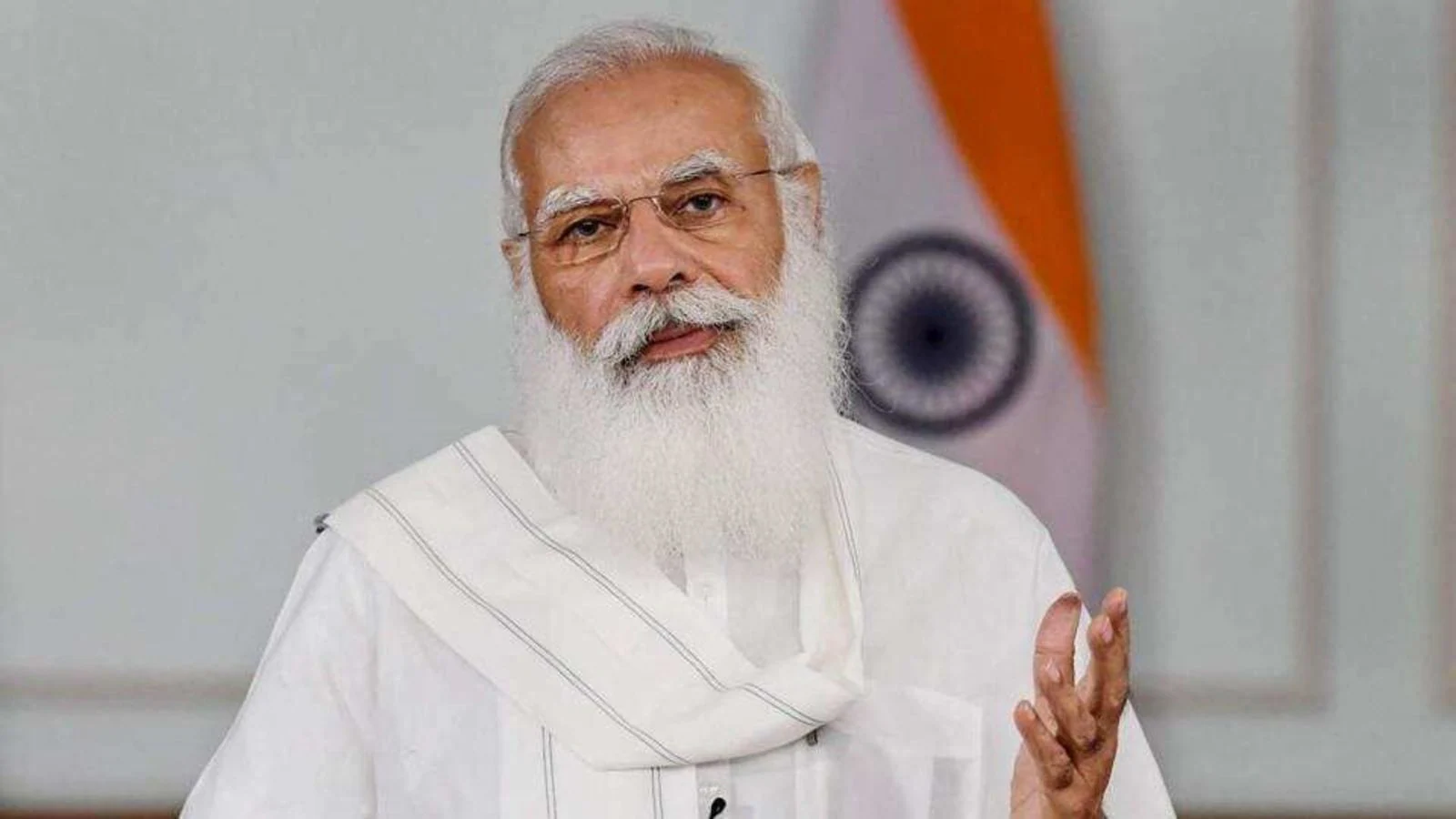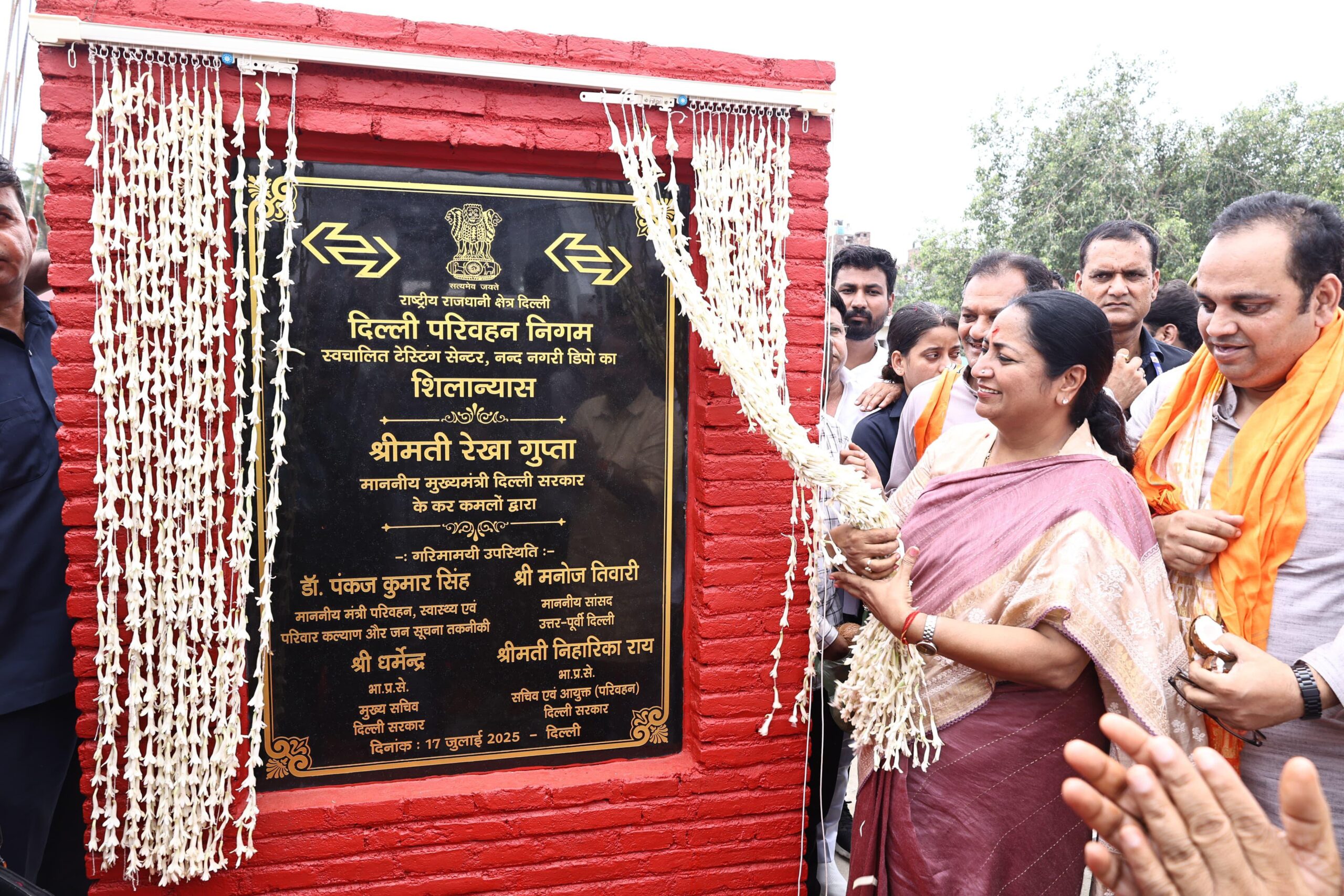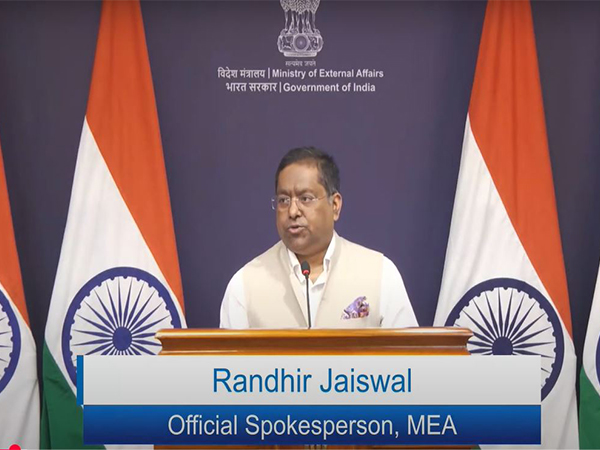The ongoing AI-171 crash investigation has been fraught with challenges, not just in piecing together the events of that fateful day, but also in managing public perception. In a stern statement, the U.S. National Transportation Safety Board (NTSB) has delivered a sharp rebuke to certain media outlets, labeling their reports on the Air India Flight 171 disaster as “premature and speculative.” This intervention underscores the critical need for patience and accuracy as India’s Aircraft Accident Investigation Bureau (AAIB) meticulously works to uncover the truth behind one of recent aviation’s most devastating tragedies.
The Troubling Trend of Speculative Reporting on the AI-171 Crash Investigation
- NTSB’s Stance: Jennifer Homendy, Chairwoman of the NTSB, emphasized that drawing conclusions at this early stage of the AI-171 crash investigation is irresponsible. Her statement directly addressed media narratives that have emerged following the release of the AAIB’s preliminary report on the June 12 crash in Ahmedabad.
- Targeted Criticism: The NTSB’s disapproval specifically targeted reports, notably from the Wall Street Journal, which suggested that the senior pilot, Captain Sumeet Sabharwal, may have deliberately or inadvertently cut off fuel switches to both engines shortly after takeoff. Such claims, based on unverified information and selective interpretations of cockpit voice recordings, have fueled widespread speculation.
- Undermining the Investigation: Both the NTSB and the AAIB have articulated concerns that such “selective and unverified reporting” risks undermining the integrity of the complex AI-171 crash investigation process. They highlight that investigations of this magnitude demand time, thoroughness, and an unwavering commitment to facts over conjecture.
AAIB’s Call for Restraint Amidst the AI-171 Crash Investigation
- India Leads the Probe: India’s Aircraft Accident Investigation Bureau (AAIB) is the primary agency leading the AI-171 crash investigation, with support from international bodies like the NTSB. The AAIB had already issued its own public appeal, urging the public and media to refrain from spreading premature narratives.
- Preliminary Report Clarification: The AAIB’s preliminary report, released shortly before the NTSB’s statement, outlined “what happened” but explicitly stated it was “too early to reach any definite conclusions.” Key findings from this report include:
- Both engine fuel control switches transitioned from ‘RUN’ to ‘CUTOFF’ within a second of each other shortly after liftoff, leading to a loss of thrust.
- Cockpit voice recordings captured one pilot asking the other, “Why did you cut off?”, to which the other pilot responded, “I did not do so.”
- The switches were restored approximately 10 seconds later, and one engine began recovering, but insufficient altitude prevented full thrust restoration before the crash.
- Focus on Root Causes: The AAIB stressed that its ongoing AI-171 crash investigation will focus on identifying the root causes and issuing safety recommendations in the final report, which is expected by June 12, 2026. The preliminary report is merely a factual summary of initial findings, not a conclusive determination of fault.
The Complexities of Aviation Accident Probes: Insights into the AI-171 Crash Investigation
- Beyond Pilot Error: While initial media attention has focused heavily on the pilot’s role, experts and agencies involved in the AI-171 crash investigation caution against tunnel vision. Several factors are under scrutiny, including:
- Potential Mechanical Issues: Discussions have resurfaced about a 2018 FAA advisory concerning defects in the fuel switch locking mechanisms on certain Boeing 787 aircraft.
- Electrical Glitches: The possibility of an Electronic Control Unit (ECU) or other systems electronically triggering the fuel switches, perhaps due to microprocessor faults, is also being examined.
- Operational Procedures: The overall operational environment, crew training, and adherence to protocols are also standard components of such an in-depth AI-171 crash investigation.
- Comprehensive Approach: The investigative team comprises diverse experts, including pilots, engineers, aviation medicine specialists, flight recorder specialists, and representatives from Boeing and GE. This multi-faceted approach ensures that all potential contributing factors are thoroughly examined.
- The Need for Patience: The NTSB’s backing of the AAIB’s appeal for patience is a powerful reminder that complex air crash investigations are not concluded quickly. Rushing to judgment not only risks misinforming the public but also disrespects the diligent work of investigators and the sensitivity of the tragedy for the victims’ families.
As the AI-171 crash investigation continues, the aviation community, media, and public are urged to rely on official reports and verified information. The pursuit of truth in aviation safety is a meticulous process, and its integrity must be preserved above sensationalism.
Discover more from RastriyaSamachar24x7
Subscribe to get the latest posts sent to your email.




